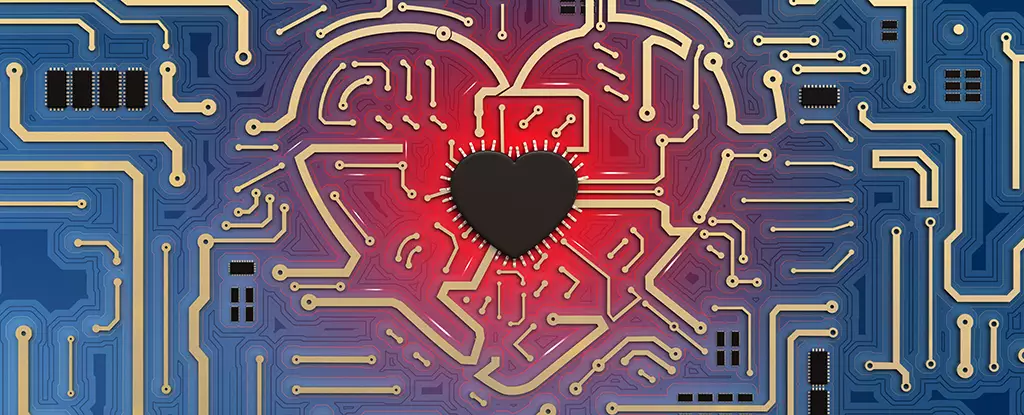Simulating miniature human organs in the laboratory has become an invaluable tool in medical research. A pioneering team of researchers from Cedars-Sinai Medical Center in Los Angeles has recently developed an innovative ‘heart-on-a-chip’ model. This cutting-edge technology is expected to play a vital role in ensuring the safety of cancer treatments, which have been known to pose risks to the heart. The heart-on-a-chip model stands out due to the maturity of the cells derived from human induced pluripotent stem cells (hiPSCs) and its ability to mimic a human heart by beating at approximately 60 beats per minute.
The heart-on-a-chip developed by the researchers has the potential to significantly reduce reliance on animal models for preclinical drug cardiotoxicity testing. By engineering hiPSCs to become heart cells and blood vessel cells, the team created a heart-on-a-chip model. The heart cells (cardiomyocytes) and blood vessel cells (endothelial cells) are kept separate but close enough to interact, simulating their arrangement within the human body. This enables scientists to simulate blood flow and the mechanical movements of the heart in response to different drug treatments. By doing so, potential toxicity issues that could lead to arrhythmia or muscle cell death can be predicted.
The heart-on-a-chip model demonstrated its functionality for several weeks, allowing for longer-term investigations into the effects of drugs and environmental factors on the heart. In addition to aiding in the development of safer drugs, this revolutionary technology also offers valuable insights into the complex nature of heart disease. Scientists can gain a better understanding of how heart disease initiates, progresses, and how it can potentially be treated.
Over the years, there have been significant advancements in the development and production of these organ-on-a-chip models. These miniature chips are now capable of accurately simulating human body parts on a microscopic scale. The heart-on-a-chip model’s ability to screen potentially cardiotoxic chemotherapeutic agents on multiple cardiovascular cell types in a physiologically relevant model is a major breakthrough.
The introduction of the heart-on-a-chip model has contributed to revolutionary advancements in medical research. The innovative technology offers researchers a new and sophisticated tool for testing the safety of cancer treatments and predicting potential cardiotoxicity issues. By reducing reliance on animal models, scientists can conduct more ethical and cost-effective studies. This heart-chip model not only aids in the development of safer drugs but also enhances our understanding of heart disease. With ongoing developments in organ-on-a-chip technology, future possibilities in medical research are vast, allowing for more precise and comprehensive investigations into the human body’s intricate mechanisms.


Leave a Reply